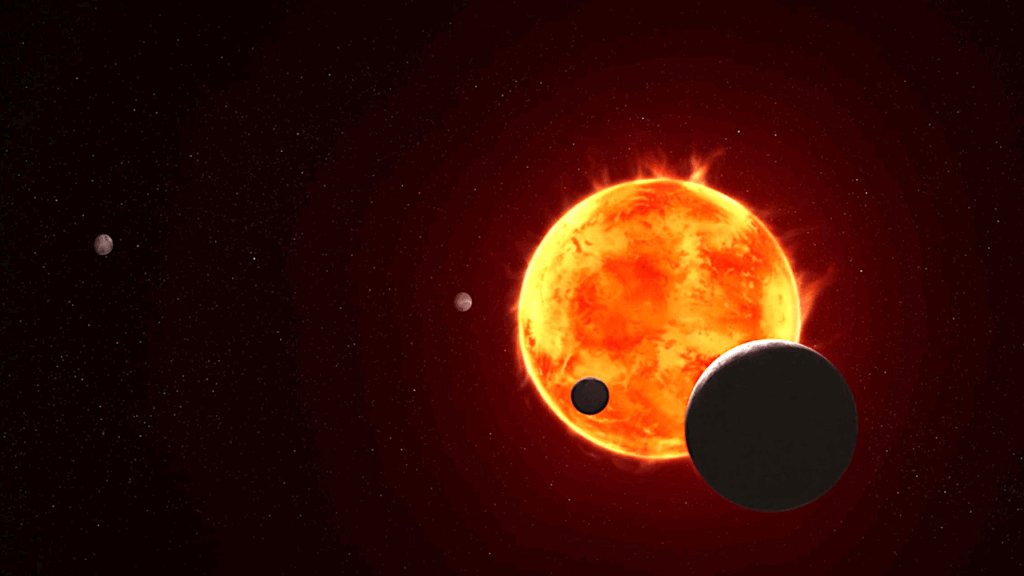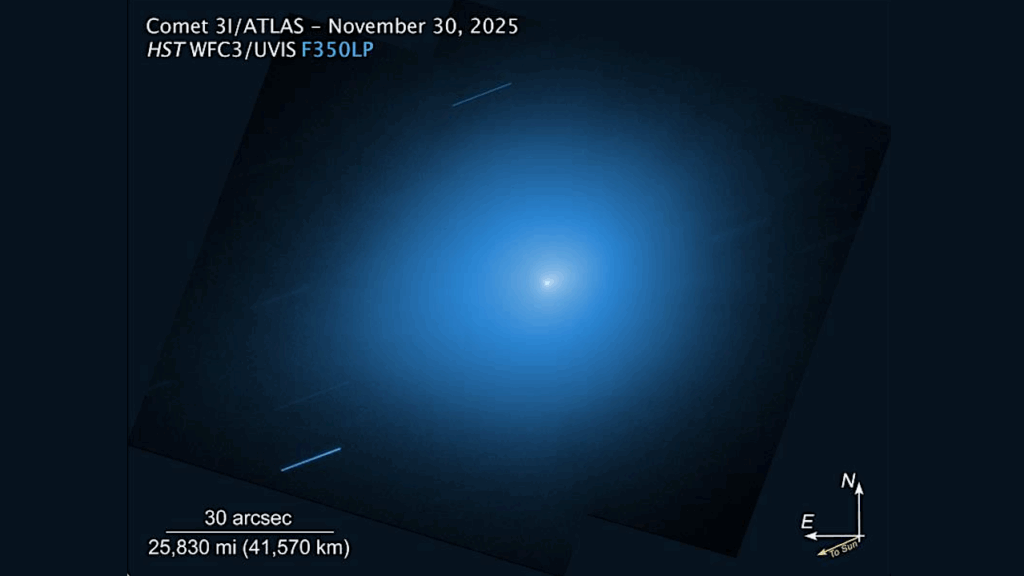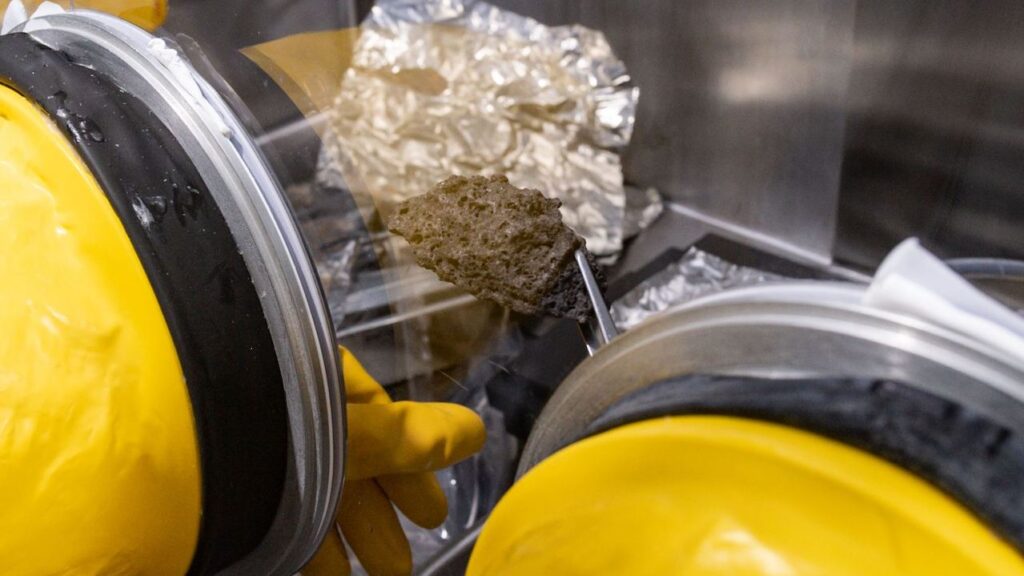Formation Of Carbonyl Sulfide (OCS) via SH Radicals In Interstellar CO-rich Ice Under Dense Cloud Conditions

Carbonyl sulfide (OCS) is widely observed in the gas phase towards star-forming regions and was the first of the only two sulfur-bearing species detected in interstellar ices so far. However, the chemical network governing its formation is still not fully understood. While the sulfurization of CO and the oxidation of CS are often invoked to form OCS, other mechanisms could have a significant contribution.
In particular, the multistep reaction involving CO and SH is a good candidate to forming OCS in dense cloud environments. We aim to constrain the viability of the CO + SH route to forming solid OCS in the interstellar medium, in a similar manner as CO + OH is known to produce CO2 ice. This is achieved by conducting a systematic laboratory investigation of the targeted reactions on interstellar ice analogues under dense cloud conditions.
An ultrahigh vacuum chamber is utilized to simultaneously deposit CO, H2S, and atomic H at 10 K. SH radicals produced in situ via hydrogen abstraction from H2S react with CO to form OCS. OCS is efficiently formed through surface reactions involving CO, H2S, and H atoms. The suggested underlying mechanism behind OCS formation is CO + SH -> HSCO followed by HSCO + H -> OCS + H2. The OCS yield reduces slowly, but remains significant with increasing CO:H2S mixing ratios (CO:H2S = 1:1, 5:1, 10:1, and 20:1).
Our experiments provide unambiguous evidence that OCS can be formed from CO + SH in the presence of H atoms. This route remains efficient for large H2S dilutions (5% w.r.t CO), suggesting that it is a viable mechanism in interstellar ices. Given that SH radicals can be created in clouds throughout a wide evolutionary timescale, this mechanism could have a non-negligible contribution to forming interstellar OCS ice.
Julia C. Santos, Harold Linnartz, Ko-Ju Chuang
Comments: 7 pages, 4 figures, 1 table, accepted for publication in A&A on August 6th, 2024
Subjects: Astrophysics of Galaxies (astro-ph.GA)
Cite as: arXiv:2408.03997 [astro-ph.GA] (or arXiv:2408.03997v1 [astro-ph.GA] for this version)
https://doi.org/10.48550/arXiv.2408.03997
Focus to learn more
Submission history
From: Julia C. Santos
[v1] Wed, 7 Aug 2024 18:00:02 UTC (141 KB)
https://arxiv.org/abs/2408.03997
Astrobiology, Astrochemistry








